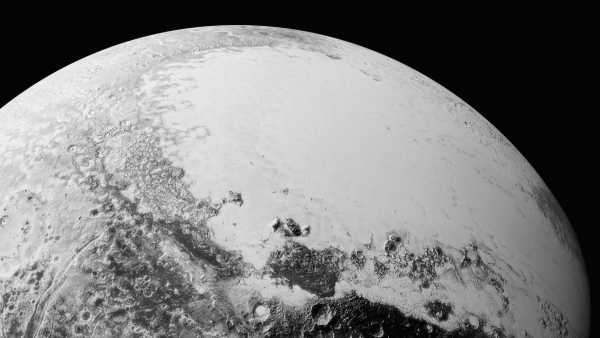
This image of Pluto was taken after the New Horizons spacecraft flew past the dwarf planet on July 14, 2015, from a distance of 80,000 kilometers (50,000 miles). (Image credit: NASA)
Pluto is something of a loner. This dwarf planet is no longer considered a regular planet; its orbit does not lie in the same plane as the eight planets of the Solar System; its orbit is highly elliptical and highly inclined.
In fact, its orbit is much more similar to that of its neighbors in the Kuiper Belt—the doughnut-shaped region beyond Neptune that also contains other dwarf planets like Makemake and Eris, as well as millions of icy objects. But even compared to other Kuiper Belt objects, Pluto's orbit is quite unusual.
You may like
-
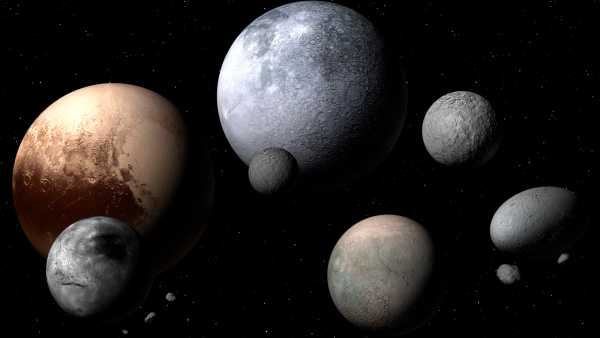
What are dwarf planets and how many are there?
-

In Search of Planet 9: Why There Might Still Be Something Massive at the Edge of the Solar System
-
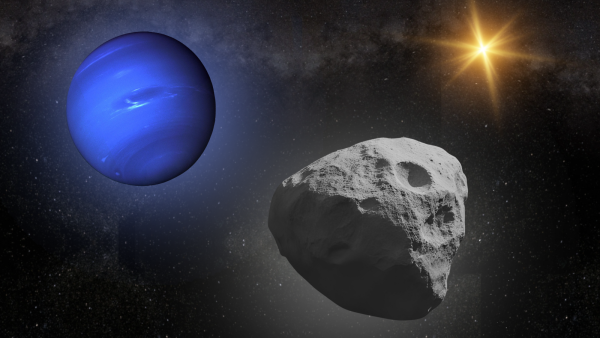
Astronomers have discovered a strange solar system body that dances in sync with Neptune: “It's like finding a hidden rhythm in a song.”
First, let's compare Pluto with Earth and the other planets in the Solar System. The dwarf planet's orbital eccentricity (its deviation from a perfect circle) is 0.25. For comparison, Earth's orbital eccentricity is 0.0167, making it nearly circular. The eccentricities of Saturn and Mars are 0.054 and 0.093, respectively.
Pluto's orbit is tilted 17.4 degrees, compared to Earth's 1.5 degrees and Mercury's about 2 degrees.
Subscribe to our newsletter

Subscribe to our weekly newsletter, Life's Little Mysteries, to receive the latest detective stories before they hit the web.
According to Renu Malhotra, a planetary scientist at the University of Arizona who has extensively studied Pluto's orbit, Pluto's unusual eccentricity and tilt are likely due to its interactions with neighboring Neptune and other giant planets.
Scientists believe that Neptune's migration due to gravitational interactions with its giant neighbors plays a role in explaining Pluto's orbit. At some point, the planets migrated, and Pluto “ended up in this orbit because Neptune's orbit shifted outward… and pulled Pluto into this resonance,” which is when the gravity of orbiting bodies periodically influences each other as they pass close to each other, Malhotra told Live Science.
“Imagine you have a flat surface,” Malhotra said. “If you randomly throw rocks at it, they'll end up anywhere. But if the surface has depressions, the rocks will end up in them.” In the case of planets, Neptune's migration has created a gravitational well for resonant objects like Pluto.
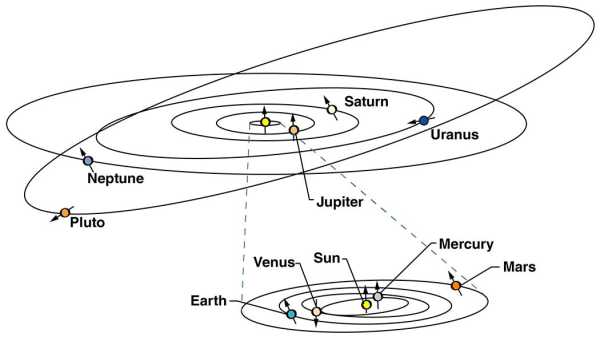
Compared to the eight planets in the solar system, Pluto's strange orbit simply defies description.
Neptune controls Pluto, despite its odd orbit. For 20 of its 248-year orbit, Pluto is inside Neptune's orbit. The two planets are in a 3:2 orbital resonance, meaning Pluto completes two orbits for every three Neptune completes.
You may like
-
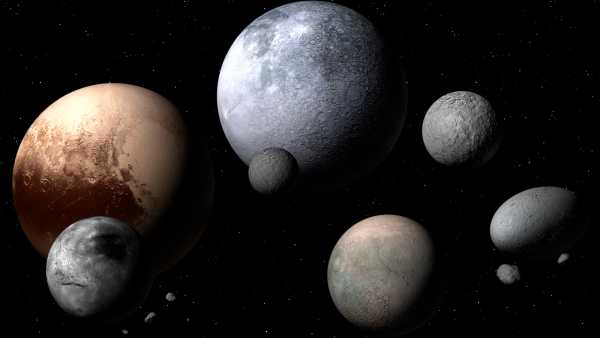
What are dwarf planets and how many are there?
-
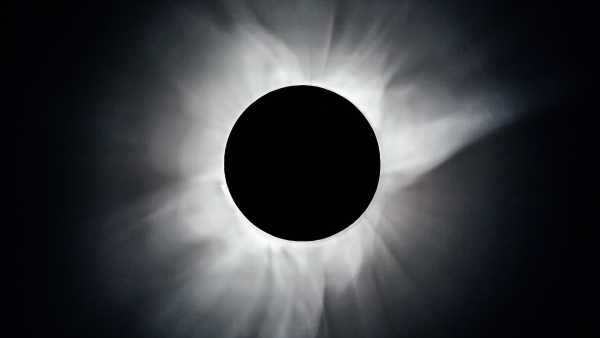
In Search of Planet 9: Why There Might Still Be Something Massive at the Edge of the Solar System
-
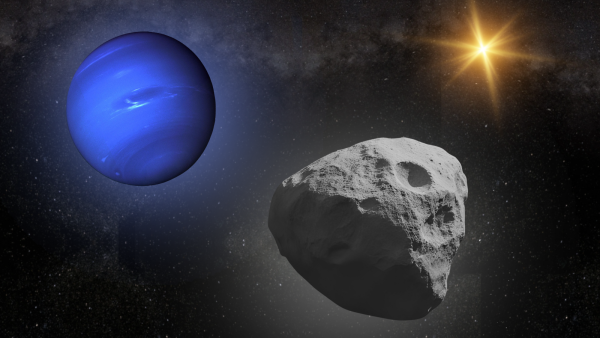
Astronomers have discovered a strange solar system body that dances in sync with Neptune: “It's like finding a hidden rhythm in a song.”
“This configuration is very stable and protects Pluto from further jolts,” said Will Grundy, an astronomer at the Lowell Observatory in Arizona and a co-investigator on NASA's New Horizons mission to Pluto.
There's another strange aspect of Pluto's orbit. When the dwarf planet reaches perihelion—its closest point to the Sun—it's always above the plane of the planets. This is “really weird,” Malhotra said. Typically, planets and other dwarf planets dip above and below the plane over time, something Pluto has never done, according to simulations. This is caused by a dance between Pluto and the planets Jupiter and Uranus, which prevents Pluto from descending into chaos.
“We used to think it was just Neptune and Pluto, but it turns out that other planets play a very important role in this other characteristic of Pluto,” Malhotra said.
RELATED SECRETS
— When will Pluto complete its first orbit since its discovery?
—What is the maximum number of planets that can revolve around the Sun?
—Why do the planets of the solar system rotate in the same plane?
However, Pluto isn't the only one with such a strange orbit. For example, the dwarf planet Eris has an eccentricity of 0.45 and an inclination of about 43 degrees. “That's a much more extreme orbit,” Grandi told Live Science.
We still have much to learn about how and how quickly the planets migrated. And Pluto's cosmic environment, the Kuiper Belt, likely holds even more mysteries.
“There are more landscapes on objects [100 kilometers, or about 60 miles, or larger] in the Kuiper Belt than on solid surfaces in the rest of the solar system combined,” Grandi said. “It's a really exciting area for exploration.”
Solar System Quiz: How Well Do You Know Our Cosmic Surroundings? TOPICS: Life's Little Mysteries, Solar System

Sarah Hashemi, Live Science contributor
Sarah Hashemi is a journalist and fact-checker covering environmental justice, climate, and the intersection of science and society. Her work has appeared in Sierra, Smithsonian Magazine, Maisonneuve, and other publications. She holds a master's degree in science journalism from New York University.
You must verify your public display name before commenting.
Please log out and log back in. You will then be asked to enter a display name.
Exit Read more
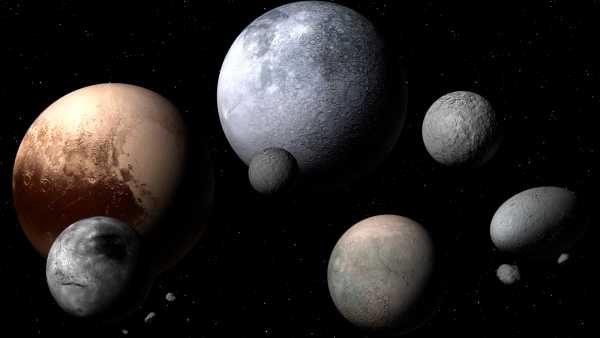
What are dwarf planets and how many are there?
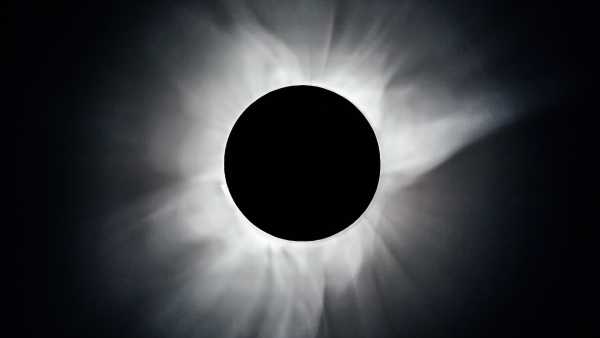
In Search of Planet 9: Why There Might Still Be Something Massive at the Edge of the Solar System

Astronomers have discovered a strange solar system body that dances in sync with Neptune: “It's like finding a hidden rhythm in a song.”
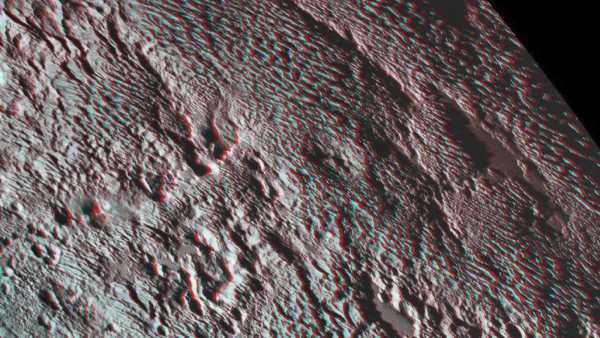
Pluto's equator may be surrounded by skyscraper-sized methane ice.
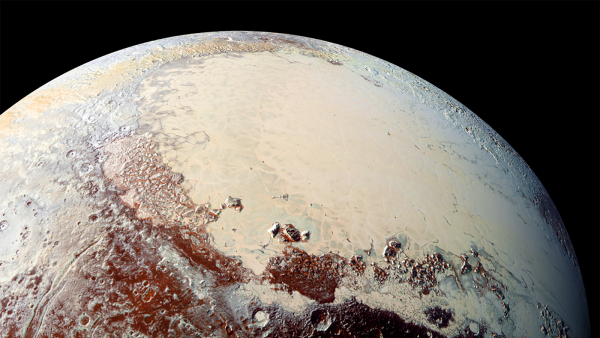
A new mission to Pluto could reveal the dwarf planet's hidden ocean—if the “queen of the underworld” can get airborne.
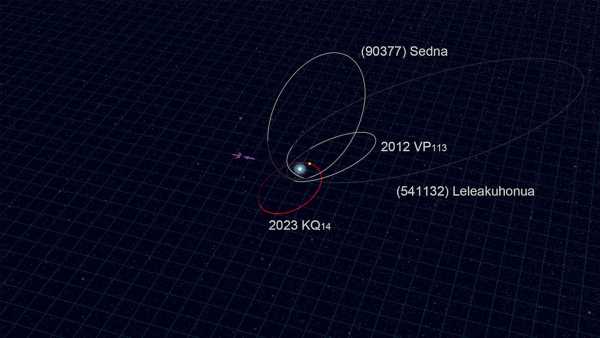
New dwarf planet 'Ammonite' could upend Planet Nine's existence
Latest news about Pluto
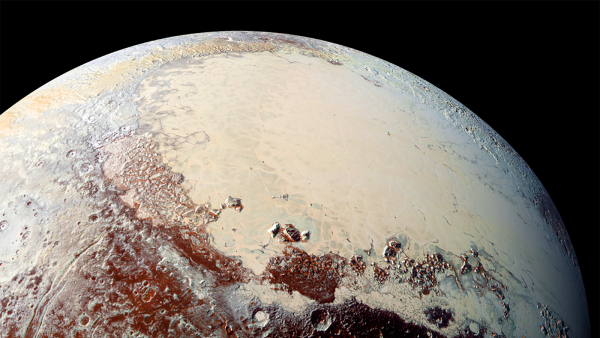
A new mission to Pluto could reveal the dwarf planet's hidden ocean—if the “queen of the underworld” can get airborne.
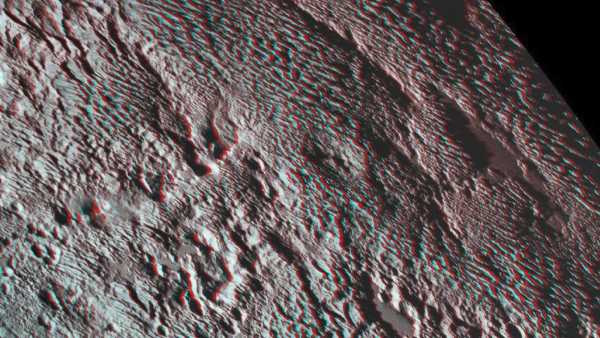
Pluto's equator may be surrounded by skyscraper-sized methane ice.
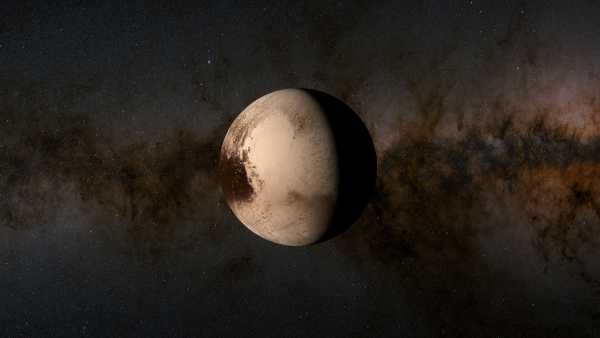
News, reports, and articles about Pluto
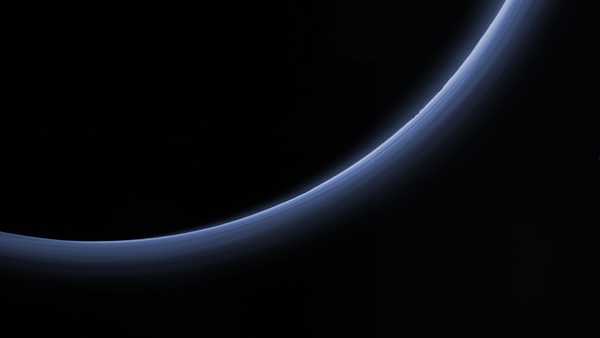
The James Webb Space Telescope has discovered a “new climate” on Pluto unlike anything else in our solar system.
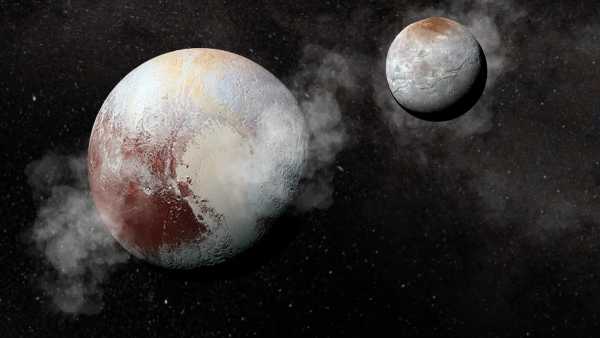
How Pluto Captured Its Largest Moon, Charon, with a 10-Hour Icy 'Kiss'
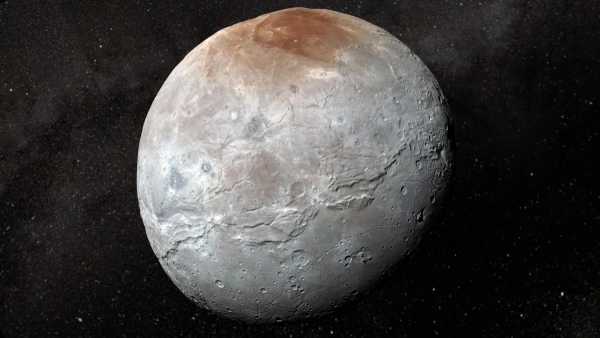
The James Webb Space Telescope has deciphered the origin of Pluto's icy moon Charon.
Latest features

Paralvinella hessleri: A yellow worm that lives in acid and fights poison with venom.
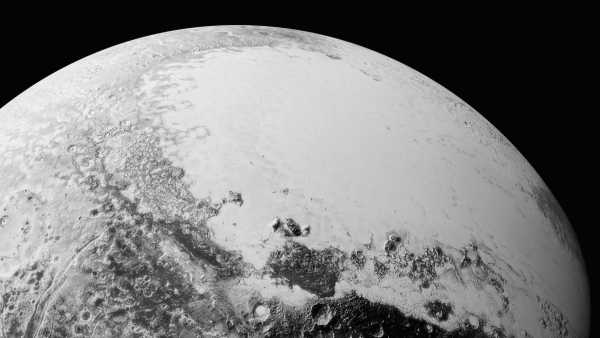
Why does Pluto have such a strange orbit?

What are “magic numbers” in nuclear physics?

“It's like trying to see fog in the dark”: How strange pulses of energy are helping scientists map the universe.

The tragic death of gene therapy, which halted the field for a decade, occurred on September 17, 1999.
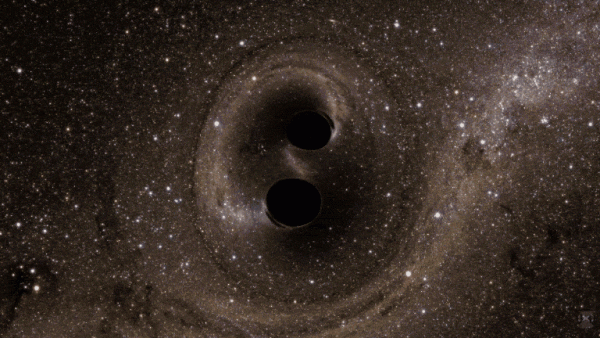
History of Science: Gravitational Waves Discovered, Proving Einstein Right – September 14, 2015
LATEST ARTICLES
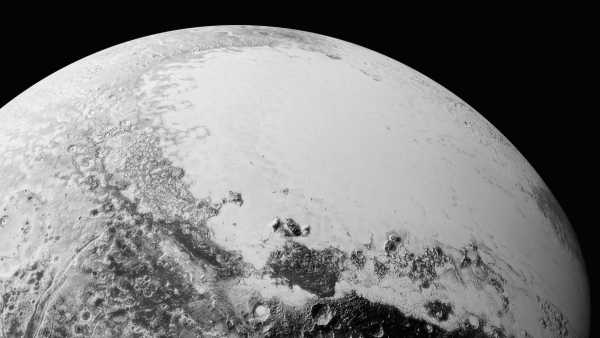
1Why does Pluto have such a strange orbit?
Live Science magazine is part of Future US Inc., an international media group and leading digital publisher. Visit our corporate website.
- About Us
- Contact Future experts
- Terms and Conditions
- Privacy Policy
- Cookie Policy
- Accessibility Statement
- Advertise with us
- Web notifications
- Career
- Editorial standards
- How to present history to us
© Future US, Inc. Full 7th Floor, 130 West 42nd Street, New York, NY 10036.
var dfp_config = { “site_platform”: “vanilla”, “keywords”: “type-llm,van-disable-newsletter,serversidehawk,videoarticle,van-enable-adviser-
Sourse: www.livescience.com





